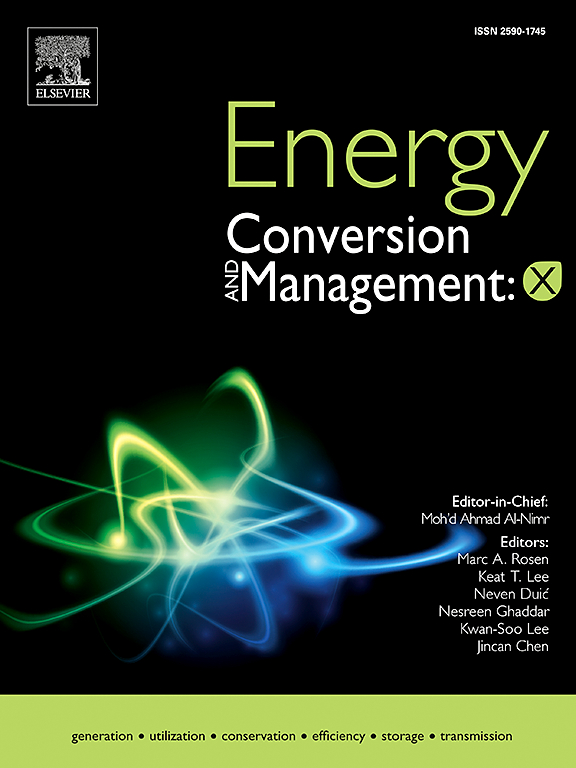Experimental investigation of partially premixed combustion in a DISI natural gas engine: Performance, Combustion behaviour, and Crevice hydrocarbons
IF 7.1
Q1 ENERGY & FUELS
引用次数: 0
Abstract
The use of partially premixed combustion (PPC) can overcome current limitations of natural gas (NG) fuelled engines. Experimental results are presented for NG PPC in a spark ignited single cylinder research engine. Injection timing of directly injected NG was varied from the beginning of the compression stroke to just before top dead centre (BTDC). Decreasing time available for mixing before ignition resulted in increasingly stratified mixtures as injection approached TDC. The study’s goals were: To explore the stable operating range for a flat plane NG injector and for a cone pattern injector with a 100 degree included angle, to demonstrate the impact of injection timing on piston top land crevice emissions for the two injector nozzles through analysis of cycle-by-cycle exhaust port hydrocarbon (HC) measurements, and to highlight the effect of NG injection timing on fuel supply pressure requirements. Injected fuel residence time between the end of injection and ignition had a critical influence on combustion behaviour for both nozzles. The cone nozzle confined fuel to the piston bowl at earlier injection timings, reducing crevice penetration and expanding the feasible operating range. Optimal operation was achieved with the cone nozzle at 33–34 crank angle degrees (CAD) residence time, corresponding to 66 and 73 CAD BTDC injection timings for 34 and 69 kPa gauge intake pressures respectively. At the optimal operating point, indicated mean effective pressure (IMEP) increased 21.0 and 39.5% and HC from crevice outgassing decreased by 76.4 and 60.9% for the two intake pressures respectively relative to premixed operation.
求助全文
约1分钟内获得全文
求助全文
来源期刊

Energy Conversion and Management-X
Multiple-
CiteScore
8.80
自引率
3.20%
发文量
180
审稿时长
58 days
期刊介绍:
Energy Conversion and Management: X is the open access extension of the reputable journal Energy Conversion and Management, serving as a platform for interdisciplinary research on a wide array of critical energy subjects. The journal is dedicated to publishing original contributions and in-depth technical review articles that present groundbreaking research on topics spanning energy generation, utilization, conversion, storage, transmission, conservation, management, and sustainability.
The scope of Energy Conversion and Management: X encompasses various forms of energy, including mechanical, thermal, nuclear, chemical, electromagnetic, magnetic, and electric energy. It addresses all known energy resources, highlighting both conventional sources like fossil fuels and nuclear power, as well as renewable resources such as solar, biomass, hydro, wind, geothermal, and ocean energy.
 求助内容:
求助内容: 应助结果提醒方式:
应助结果提醒方式:


